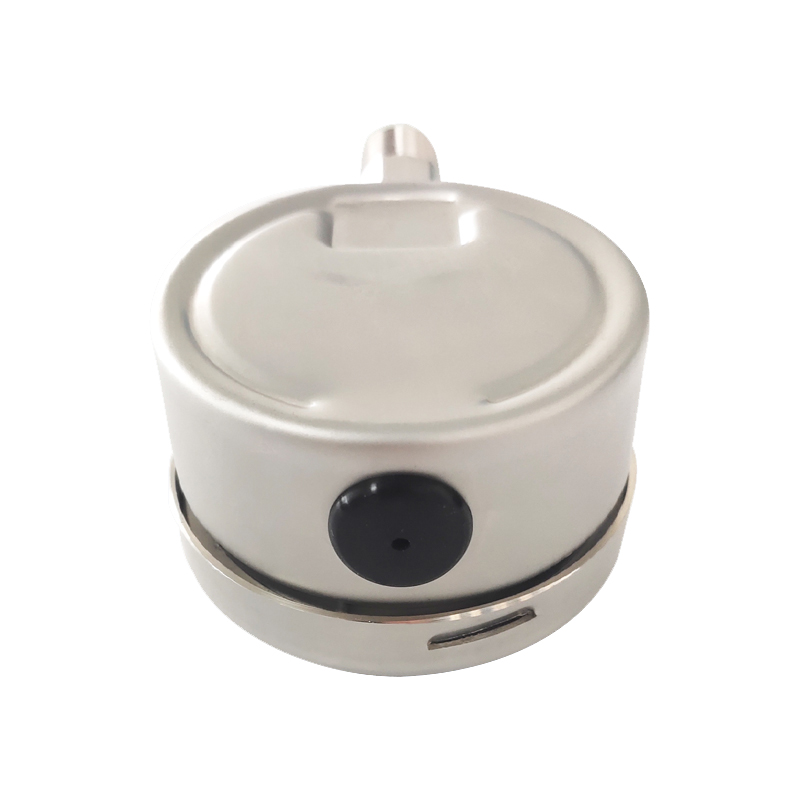
Sep . 29, 2024 00:05 Back to list
Essential Parts of Digital Pressure Gauges for Accurate Measurements and Performance
Understanding Digital Pressure Gauge Components
Digital pressure gauges are essential instruments used in various industries for measuring and monitoring pressure levels accurately. These devices have replaced traditional analog gauges thanks to their precision, ease of use, and advanced features. Understanding the fundamental components of digital pressure gauges not only enhances their effective usage but also helps in troubleshooting and maintenance. Here’s a closer look at the main components that make up a digital pressure gauge.
1. Pressure Sensor
At the heart of every digital pressure gauge lies the pressure sensor. This component is responsible for converting the physical pressure exerted by a gas or liquid into an electrical signal. Common types of pressure sensors include piezoelectric sensors, capacitive sensors, and strain gauge sensors. Each type has its own mechanism of operation, but they all serve the fundamental purpose of accurately measuring pressure. The quality and type of pressure sensor directly affect the gauge's accuracy and reliability.
2. Microprocessor
The microprocessor is the brain of the digital pressure gauge. It processes the electrical signal received from the pressure sensor and converts it into a readable digital format. The microprocessor also carries out various tasks, including signal amplification, data logging, and calibration adjustments. It can handle complex calculations and ensure that the pressure readings displayed are accurate and consistent.
3. Display
The display is the user interface of the digital pressure gauge, where the readings are presented. LCD (Liquid Crystal Display) and LED (Light Emitting Diode) are the two most common types of displays used. These displays are designed for clarity and ease of reading, often showing not only the pressure measurement but also other relevant information such as units of measurement and status indicators. Some advanced models even feature touchscreen displays for enhanced user interaction.
4. Power Supply
digital pressure gauge components

Digital pressure gauges require a power source to operate. This can come from batteries, mains electricity, or even solar panels in some models. Battery-powered gauges are popular due to their portability, while those connected to mains power are typically used in permanent installations. The choice of power supply can influence the gauge’s mobility and operational longevity.
5. Environmental Protection Features
Many digital pressure gauges are equipped with protective features to ensure they function effectively in varying conditions. This includes casings designed to withstand water, dust, and extreme temperatures. Additionally, some gauges are designed to be explosion-proof or resistant to corrosive substances, making them suitable for use in hazardous environments such as oil rigs, chemical plants, and manufacturing facilities.
6. Calibration Mechanism
Calibration is critical for ensuring the accuracy of pressure measurements. Digital pressure gauges often come with built-in calibration mechanisms that allow users to calibrate the device without external equipment. Some gauges may also provide calibration certificates, ensuring compliance with industry standards. Regular calibration is essential for maintaining precision over time.
7. Connectivity Options
In today's technologically advanced landscape, many digital pressure gauges come with connectivity features that allow for data transmission to other devices or networks. This could include Bluetooth, Wi-Fi, or wired connections, enabling real-time monitoring and data logging. Such features are particularly beneficial in industrial applications, facilitating remote monitoring and integration with automation systems.
Conclusion
Digital pressure gauges are sophisticated instruments that rely on various components to deliver accurate and reliable pressure readings. The synergy between the pressure sensor, microprocessor, display, power supply, protective features, calibration mechanisms, and connectivity options defines the performance of these gauges. Understanding these components aids in the effective use and maintenance of digital pressure gauges, ensuring they meet the demands of various applications in different industries.
-
High-Precision 5 Valve Manifold Differential Pressure Gauge Suppliers
NewsApr.29,2025
-
High-Precision Diaphragm Vacuum Pressure Gauges Manufacturers & Quotes
NewsApr.29,2025
-
Omega Differential Pressure Gauges High Accuracy & Durability
NewsApr.28,2025
-
Low Pressure Differential Pressure Gauges Precision Solutions & Quotes
NewsApr.28,2025
-
Digital Diaphragm Pressure Gaauge Precision Measurement & OEM Quotes
NewsApr.28,2025
-
Differential Pressure Gauge China Price High-Accuracy & Best Quotes
NewsApr.28,2025
